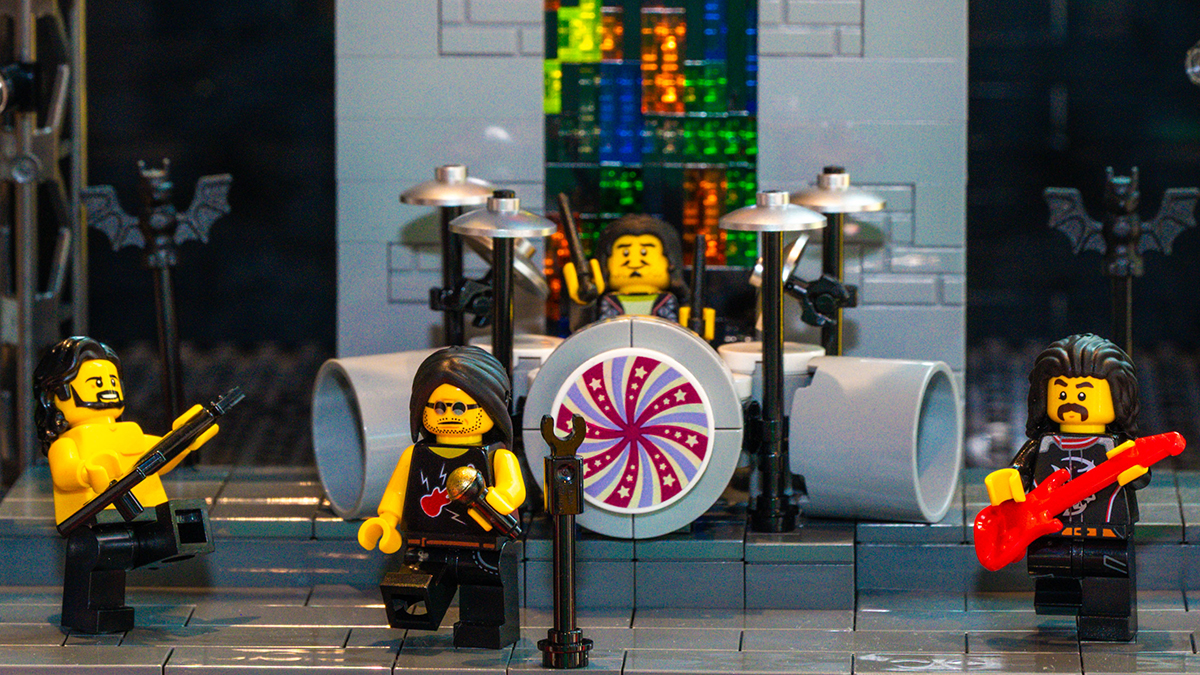LEGO and the Legacy of Rebellion: Black Sabbath's Final Show
Explore how Black Sabbath's legacy is immortalized in LEGO form, celebrating their final performance while critiquing cultural commodification.

In the vibrant yet corporate world of modern memorabilia, Black Sabbath, a band synonymous with breaking norms and reshaping music history, finds an unexpected homage in the form of a LEGO set. As they prepare for their climatic final performance at Villa Park, this new addition to their legacy is as intriguing as it is ironic.
Brick by Brick: A Legend Immortalized

Capturing the essence of Ozzy Osbourne, Tony Iommi, Geezer Butler, and Bill Ward in miniature form, LEGO has crafted these figures to honor the band's indelible mark on rock music. But in this artistic gesture lies a paradox—how do you encapsulate decades of raw energy and rebellion into tiny, plastic molds?
The homage, while charming, is a stark reminder of how mainstream culture often neutralizes the raw, unpredictable spirit of true musical innovation. The left-handed Iommi being portrayed as right-handed might be a minor oversight, yet it symbolizes a deeper truth—that true artistic rebellion often resists neat categorization.
A Stage for Icons—and Irony

The LEGOLAND Discovery Centre in Birmingham sets the scene for this nostalgic tribute, blending the effervescent joy of childhood bricks with the thunderous legacy of heavy metal. This unlikely partnership highlights a cultural shift where once-revolutionary figures are nostalgically celebrated yet often sanitized.
As Black Sabbath prepares to say goodbye, they are joined by an all-star lineup—Metallica, Guns N’ Roses, Tool, Slayer, Pantera, and Gojira—further emphasizing their pivotal role in the rock and metal genres. It’s a symbolic concert, one that acts as both a send-off and a celebration of their seismic influence.
Caught Between Past and Present
For those unable to attend in person, the event’s livestream offers a digital connection to the historic event, showcasing how our engagement with music has evolved. However, it also mirrors the broader commercialization of cultural icons—where tangible experiences are replaced by consumable products.
In an era where the raw, unfiltered energy of rock seems increasingly rare, Black Sabbath's LEGO figures are both a tribute and a subtle critique. They reflect a cultural tendency to package the unpackageable, to commodify what was once rebellious.
Yet, as these figures stand on display, they remind us that while the medium may change, the message of authenticity and defiance lives on. Black Sabbath, in their final bow, not only leaves behind a storied legacy but also a challenge—one that invites us to seek out the genuine amidst the constructed, to find the beating heart of rock beneath the layers of corporate allure.




